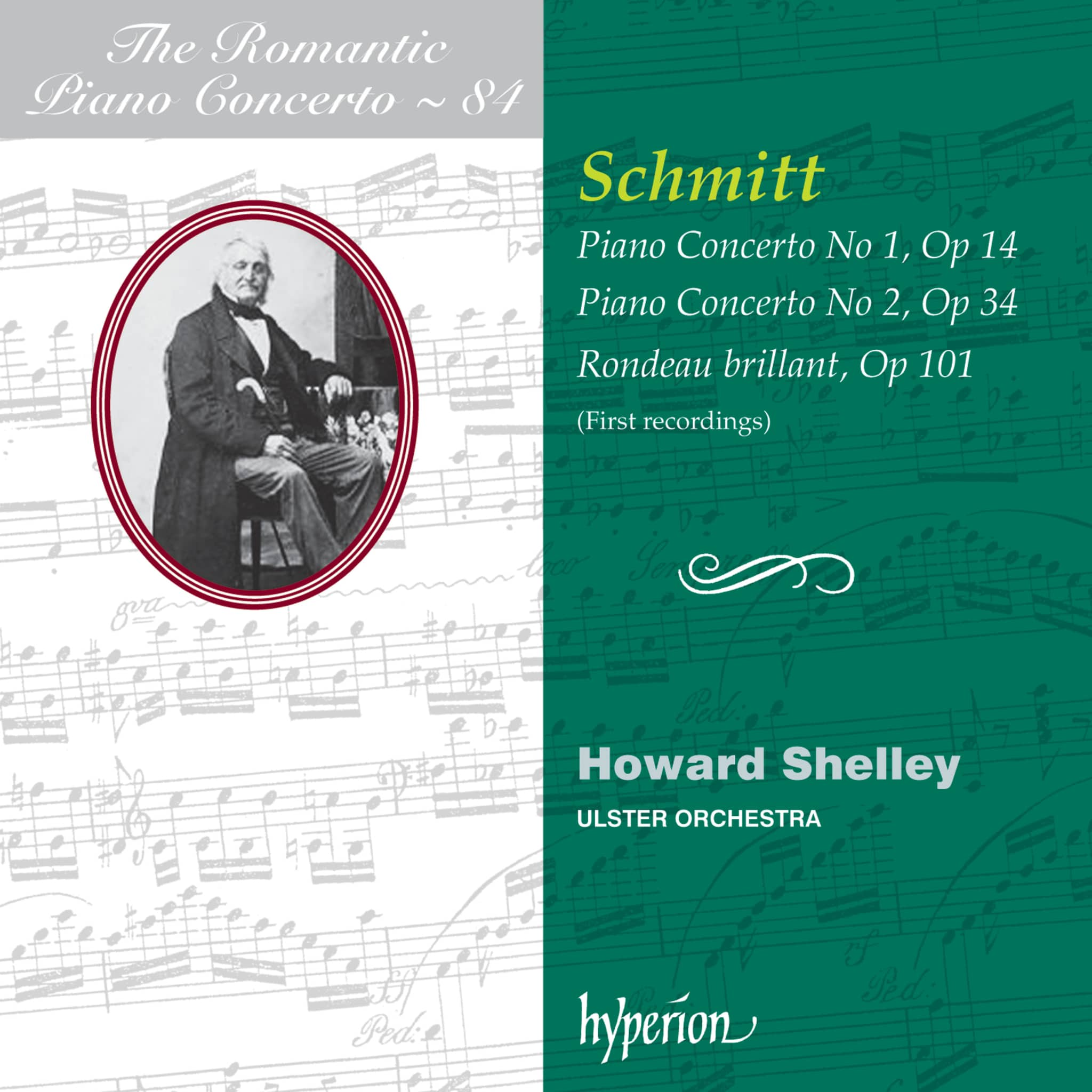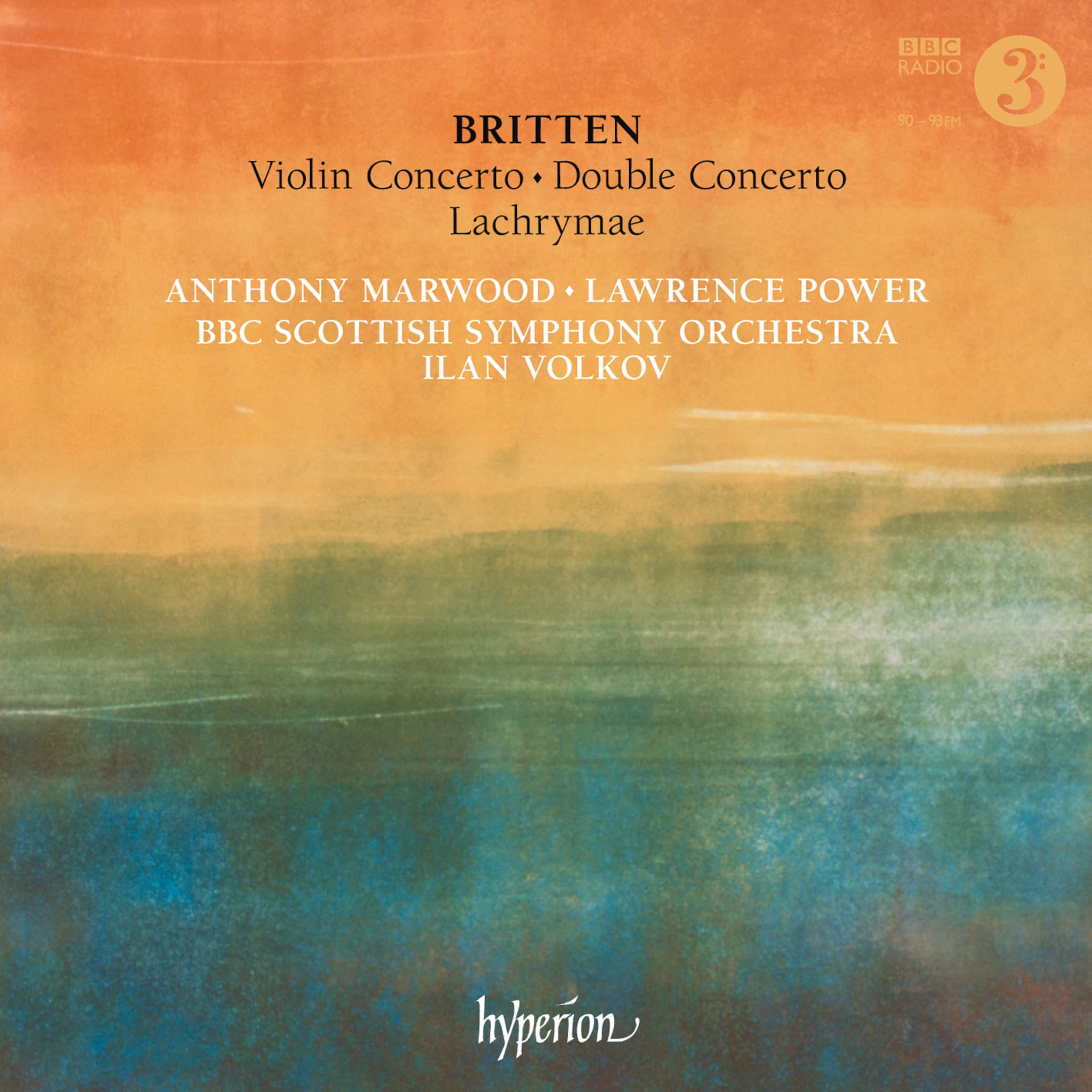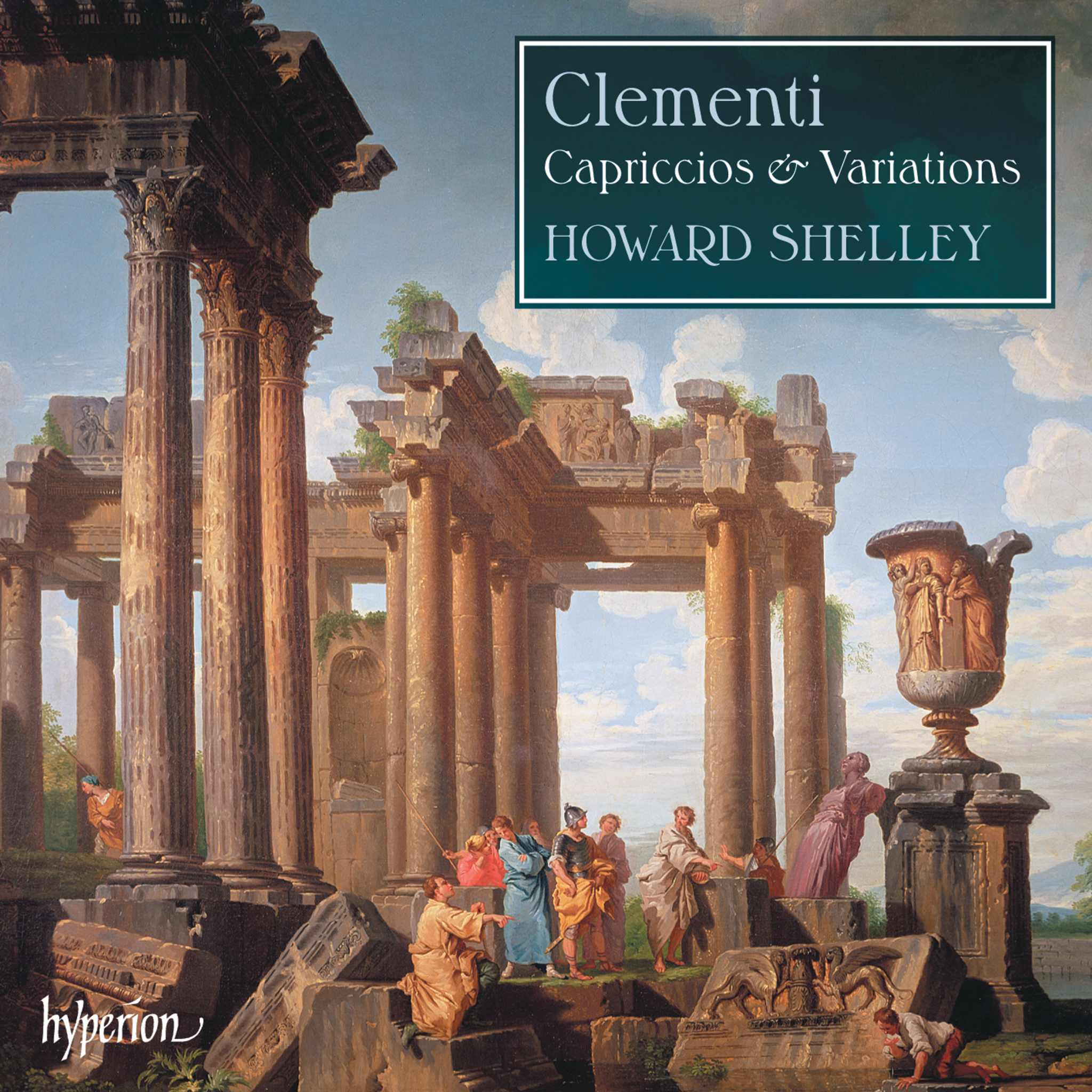Album insights
John Field, geboren in Irland, gilt als Begründer der Nocturne und prägte die russische Klaviertradition maßgeblich. Seine Laufbahn führte ihn durch zahlreiche europäische Städte, wobei er auf den Instrumenten Clementis konzertierte und wohlhabende Schüler unterrichtete. In Sankt Petersburg ließ er sich schließlich nieder, lebte im Kreis von Bewunderern und pflegte einen bohemienhaften Lebensstil. Fields Variationen über ein russisches Volkslied entfalten eine feine Melodie, die sich von zarten Klängen zu virtuosen Höhepunkten und wieder zu leisen Passagen entwickelt.
Tschaikowskys Variationen über ein Thema zeichnen sich durch Flexibilität aus, da sie sowohl einzeln als auch in Folge gespielt werden können. Rubinstein war der Widmungsträger, und die Kompositionen belegen Tschaikowskys Fähigkeit, jedem Stück einen eigenen Charakter zu verleihen. Rachmaninow hingegen schuf anspruchsvolle Variationen über Chopins Prélude, die von einem sanften Einstieg bis zu einem triumphalen Abschluss reichen.
Glasunows Variationen, inspiriert von einem finnischen Volkslied, wurden von Siloti berühmt interpretiert und hatten großen Einfluss auf Rachmaninow. Das Werk experimentiert mit unterschiedlichen musikalischen Stilen und endet in einer glanzvollen Polonaise. Rachmaninows Chopin-Variationen gelten als Meisterwerk, das Tragik und Triumph vereint und pianistische Höchstleistungen fordert. Trotz anfänglicher Vorbehalte überzeugen sie durch ihre stilistische Vielfalt und emotionale Tiefe.









